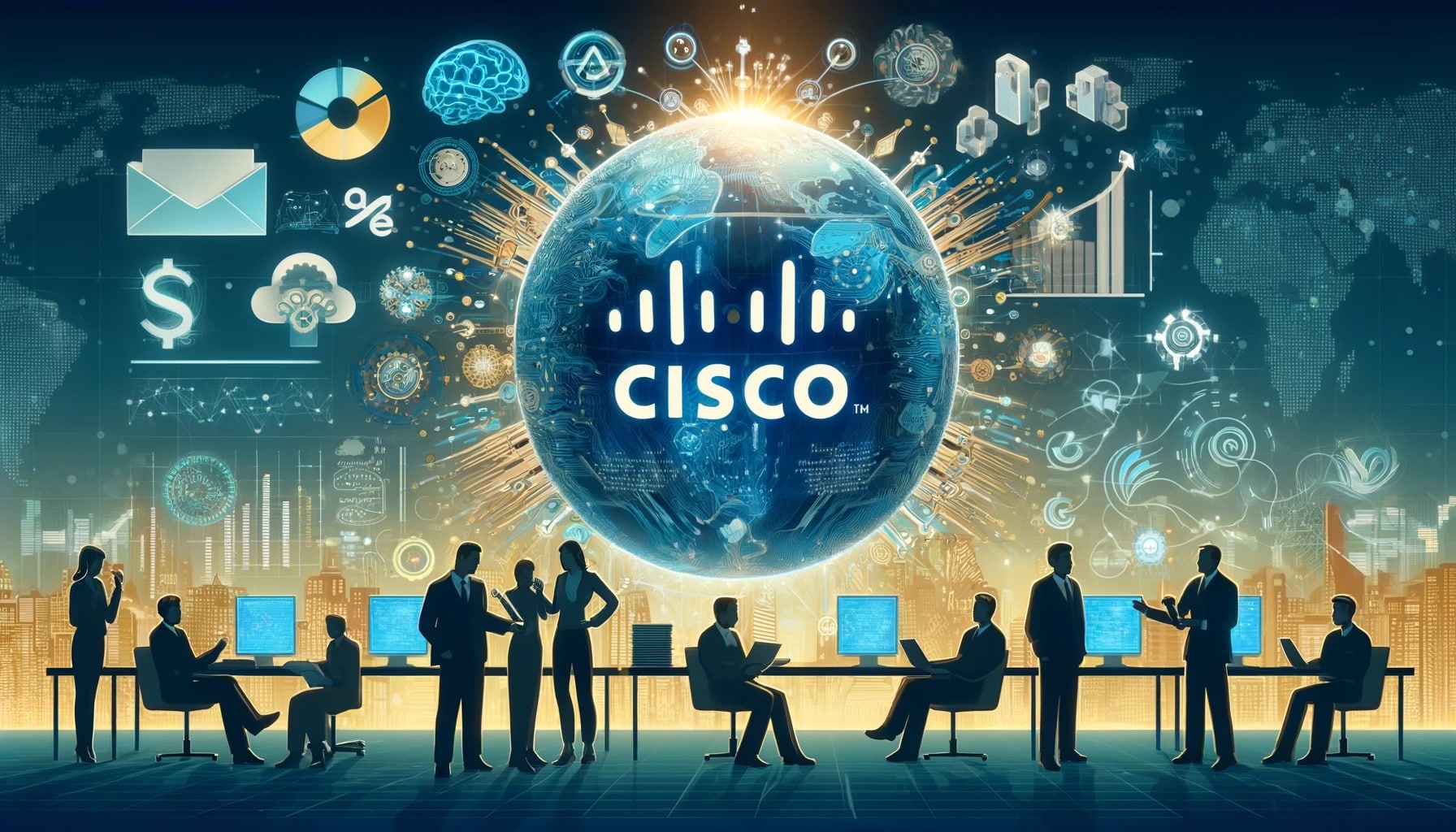In a strategic move amidst the rise of artificial intelligence, Cisco has announced the launch of Cisco Data Fabric, an architecture designed to transform machine data into a key resource for training AI models, enabling agile workflows, and strengthening the digital resilience of organizations.
The initiative builds on the Splunk platform, acquired by Cisco in 2023, and aims to address one of current companies’ major challenges: unifying, processing, and deriving value from large-scale data generated by sensors, servers, networks, applications, or business systems.
From scattered data to unified intelligence
According to Jeetu Patel, President and Chief Product Officer of Cisco, organizations are sitting on a “gold mine” of machine data that has been too costly and complex to utilize effectively. With Data Fabric, Cisco aims to “enable companies to build AI models with their own proprietary data,” reducing management costs and accelerating innovation.
The new framework offers a unified and intelligent database, capable of simplifying data transformation across edge, cloud, and on-premises environments. Additionally, it provides real-time query federation over sources like Amazon S3, Apache Iceberg, Delta Lake, Snowflake, or Azure, allowing analysis where the data resides and directing each flow to the most suitable analytic engine.
Key features of Cisco Data Fabric
- Intelligent edge management: advanced filtering, modeling, and data prioritization in distributed environments.
- Time Series Foundation Model: (available November 2025 on Hugging Face): designed to detect anomalies, forecast trends, and perform automated root cause analysis on time-series data.
- Splunk Machine Data Lake: a persistent, optimized repository for AI, model training, and enterprise analytics.
- Splunk AI Toolkit: tools to integrate AI and machine learning into the data lifecycle.
- Cisco AI Canvas: a new experience layer with integrated AI agents that allows the creation of a “virtual war room” where human teams and agents collaborate on analysis, visualization, and real-time investigation.
Implications for the digital enterprise
IDC highlights that Data Fabric tackles a critical issue: quickly and securely unifying massive data flows without moving the data, reducing complexity and costs. This federated approach is especially valuable in sectors where response time is crucial, such as cybersecurity, IT operations, advanced manufacturing, or financial services.
For Kamal Hathi, SVP of Splunk, the goal is to give clients “the fastest and most secure path from data to action,” integrating AI at every stage and adopting open standards that foster barrier-free innovation.
Potential use cases
- Security (SecOps): proactive threat detection through real-time log and metric correlation.
- Network operations (NetOps): traffic analysis and proactive resilience against disruptions.
- Industrial IoT: predicting machinery failures from sensor time-series data.
- Finance and retail: correlating business data with technical metrics for faster decision-making.
Availability and road map
- Already available: Cisco Data Fabric on Splunk Enterprise and Splunk Cloud, Splunk AI Toolkit.
- October 2025: Replay S3 for federated analytics.
- November 2025: Time Series Foundation Model on Hugging Face.
- 2026: full integration with Cisco AI Canvas and new data sources (Delta Lake with Spark, Snowflake, etc.).
Conclusion
With Data Fabric, Cisco aims to position itself as a key player in AI data infrastructure, where the ability to orchestrate and activate distributed data will be as crucial as the power of the models themselves. This strategy combines Splunk’s expertise in observability with Cisco’s vision in networking and security, offering companies a unified framework to transition from raw data accumulation to actionable real-time intelligence.
Frequently Asked Questions (FAQ)
What sets Cisco Data Fabric apart from other data platforms?
Its ability to federate real-time queries without moving data and its native integration with Splunk, providing enterprise-grade analytics and security.
What is the Time Series Foundation Model?
An AI model trained specifically for time series data, useful in anomaly detection, demand forecasting, predictive maintenance, and root cause analysis.
How does Cisco AI Canvas work in practice?
It functions as a collaborative space where AI agents and human teams work together on investigation, visualization, and incident resolution in real time.
Is it only for large corporations?
Not exclusively. While its architecture is suited for high-volume data environments, Data Fabric’s modular design allows gradual adoption by mid-sized organizations looking to accelerate their AI journey.
via: investor.cisco

